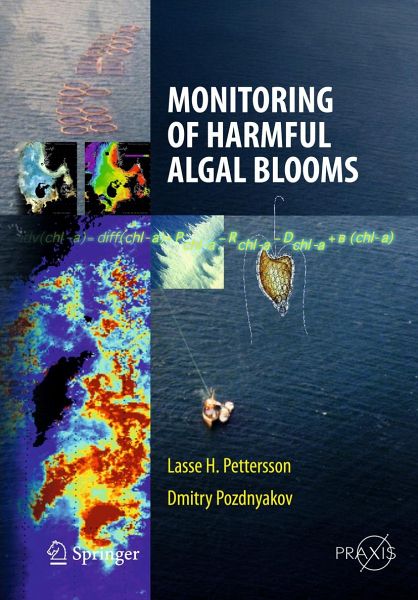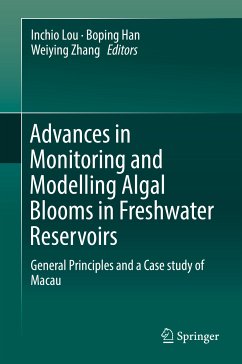
Monitoring of Harmful Algal Blooms (eBook, PDF)
Versandkostenfrei!
Sofort per Download lieferbar
112,95 €
inkl. MwSt.
Weitere Ausgaben:

PAYBACK Punkte
56 °P sammeln!
Sometimes known as 'Red Tides', some of the wide variety of phytoplankton species in the World's oceans produce toxins which can harm marine life. In certain circumstances, these harmful algae blooms can even cause illness or death in humans. Shellfish filter feed on phytoplankton and concentrate their toxins in their bodies and people who eat them can contract life threatening food poisoning. A number of countries have monitoring programs to measure the presence of toxins in algae blooms. Monitoring of Harmful Algae Blooms is all about the research techniques to monitor visible algae blooms a...
Sometimes known as 'Red Tides', some of the wide variety of phytoplankton species in the World's oceans produce toxins which can harm marine life. In certain circumstances, these harmful algae blooms can even cause illness or death in humans. Shellfish filter feed on phytoplankton and concentrate their toxins in their bodies and people who eat them can contract life threatening food poisoning. A number of countries have monitoring programs to measure the presence of toxins in algae blooms. Monitoring of Harmful Algae Blooms is all about the research techniques to monitor visible algae blooms and through remote sensing, including infrared techniques, predict them through mathematical modeling.
Dieser Download kann aus rechtlichen Gründen nur mit Rechnungsadresse in A, B, BG, CY, CZ, D, DK, EW, E, FIN, F, GR, HR, H, IRL, I, LT, L, LR, M, NL, PL, P, R, S, SLO, SK ausgeliefert werden.













